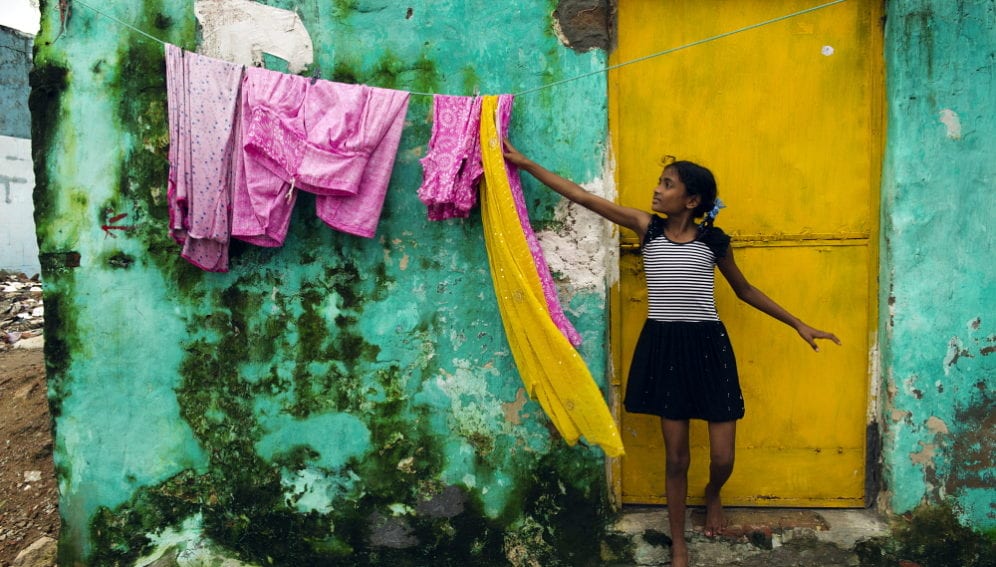Send to a friend
The details you provide on this page will not be used to send unsolicited email, and will not be sold to a 3rd party. See privacy policy.
[MANCHESTER] We all know that there is an appalling disparity in the health of those who live in cities in developed countries and the fast-growing slums in poorer nations. But this fact was brought home to me afresh last week, when I attended the International Conference on Urban Health, in Manchester, United Kingdom.
The statistics presented at this biannual meeting show that providing health care in slums cannot be ignored or delayed: one out of six people in the world live in a slum, but in some regions, like South East Asia, that percentage rises up to 43 per cent. In Bangladesh, infant mortality rates reach 63 per cent in shanty towns, while it is 30 per cent in the non-slum areas.
In most slums the main causes of death have not even been measured. But in those where scientists have carried out surveys their results show that inhabitants die mostly because of preventable diseases such as HIV, pneumonia, or diarrhoea.
Despite the pessimistic feeling these figures provoke, I heard a positive message from several speakers at the meeting. Change is possible, they said, through a combination of science, leadership and community involvement.
They presented some examples where this approach has worked. One project, in the slums of Meladi Nagar near the city of Ahmedabad in India, shows how microfunding and involving their inhabitants in the data collection had a positive effect on improving their health conditions.
Local women, collected under the trade union organisation Self Employed Women Association, created a bank to offer small loans to other women so they could improve their neighbourhoods. This borrowed money funded the electrification of all the households, improvements in access to drinking water, the cleaning of the streets and the construction of private toilets in dwellings. The costs were shared equally between the Ahmedabad Municipal Corporation, the community and private investors.
That had an immediate impact on these people’s health, according to Michael Marmot, professor of epidemiology and public health at University College London, United Kingdom.
“This is a clear example of how we can involve communities in urban renewal whilst cementing social ties,” Marmot told the meeting.
A number of scientists from other projects explained how their initial approach to improve the health and sanitary conditions in some slums clashed with local beliefs.
“You are not going to make a lot of progress if you tell people to do something that goes against their beliefs,” said Muhammad Saddiq, a PhD student at the University of Sheffield, United Kingdom. He has studied the health systems in place in slums in northern Nigeria, where the most common health providers were traditional healers and family members of the patient. “Do not treat women with many children in Nigeria as if they had a disease,” he said, “but look at the reasons why they have so many and try to develop an intervention from there.”
At other slums which have been regularly hit by natural disasters, scientists have found that involving women in the prevention stage yielded good results. So said Mala Rao, professor of International Health at the University of East London.
“In Honduras, when women were involved in the early warning system and hazards management of La Masica, this city reported no deaths in the aftermath of the Mitch hurricane in 1998. Bringing all the stakeholders and the scientists together is absolutely crucial,” she said.














